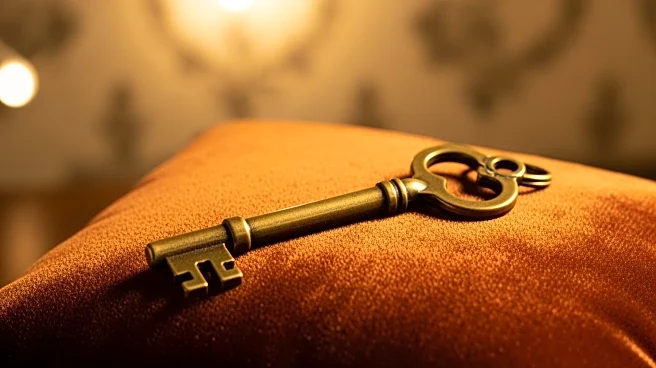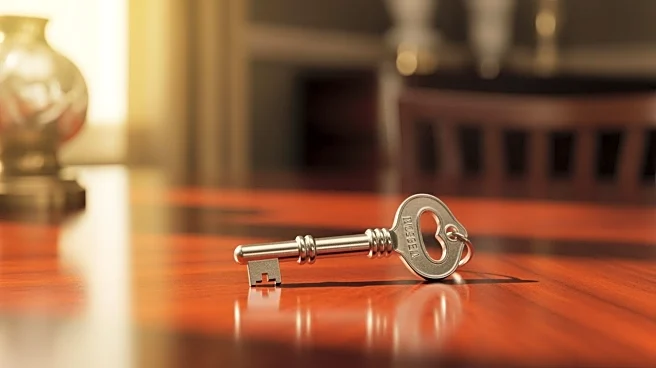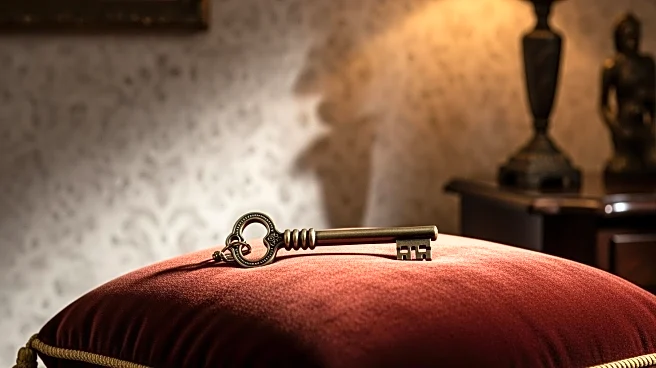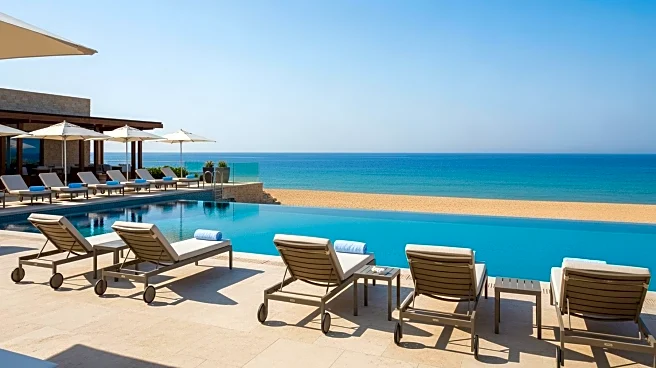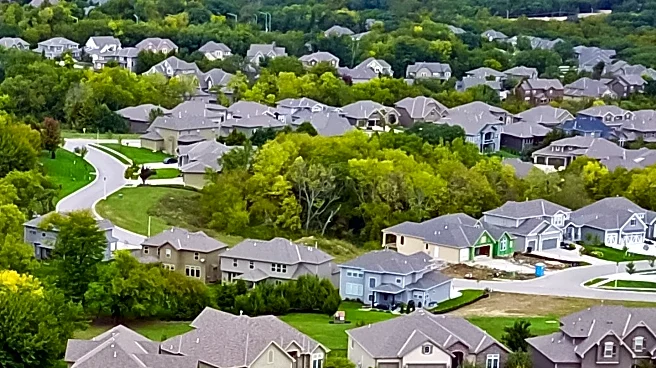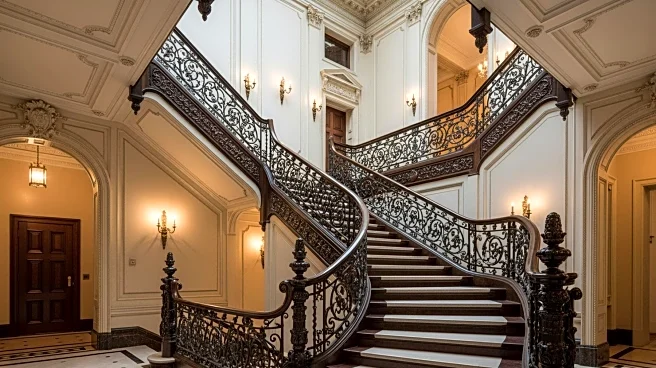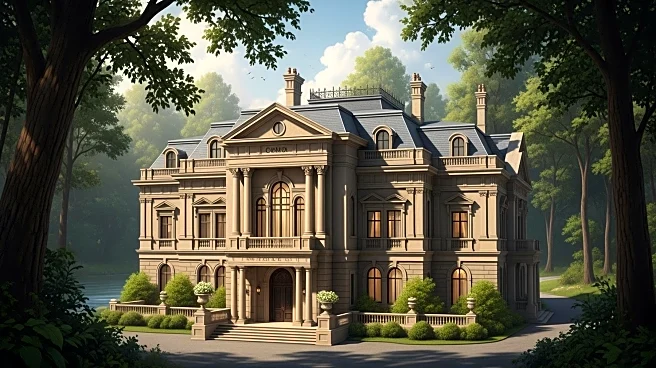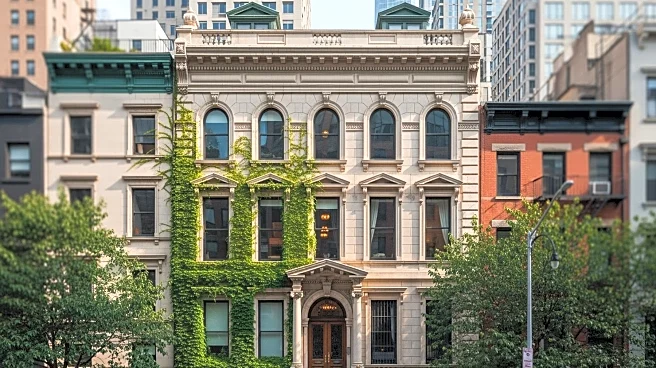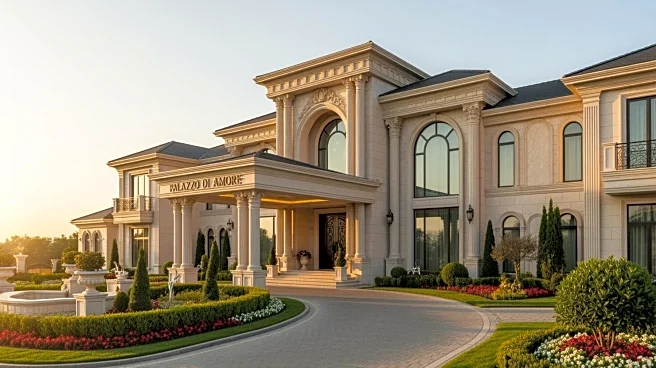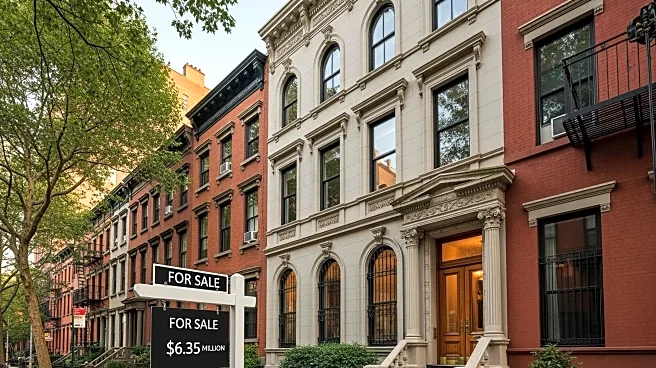What's Happening?
A vintage house in Palm Beach, originally purchased for $2.1 million in 1997, has been sold for $17.7 million. The property, located at 218 El Brillo Way, was the vacation home of retired banker Terrence
'Terry' Murray and his late wife, Suzanne. The sale was managed through a trust, with Attorney Scott W. Hoffman serving as trustee. The house, built in 1950, features Monterey-style architecture and includes four bedrooms and 6,657 square feet of living space. It is situated in the Estate Section, known for its premium real estate due to its proximity to the Worth Avenue shopping district and the Mar-a-Lago Club. The property was listed by broker Linda Olsson and initially priced at $23.9 million before being reduced to $20 million.
Why It's Important?
The significant increase in the property's sale price highlights the escalating value of real estate in Palm Beach, particularly in the Estate Section. This trend reflects broader market dynamics where historical and architecturally unique properties are increasingly sought after, driving up prices. The sale underscores the demand for luxury real estate in areas with historical significance and proximity to high-profile locations like Mar-a-Lago. This could impact local real estate markets, influencing pricing strategies and investment decisions for both buyers and sellers.
What's Next?
The sale of the Palm Beach property may prompt further interest in similar vintage homes in the area, potentially leading to more transactions at elevated prices. Real estate agents and investors might focus on acquiring and marketing properties with historical and architectural significance. Additionally, the transaction could influence local zoning and development discussions, as stakeholders consider the balance between preserving historical character and accommodating modern real estate demands.
Beyond the Headlines
The sale of the Palm Beach house also touches on cultural and historical preservation issues. As demand for such properties grows, there may be increased efforts to maintain the architectural integrity and historical significance of these homes. This could lead to more stringent preservation regulations and community initiatives aimed at protecting the unique character of neighborhoods like the Estate Section.
